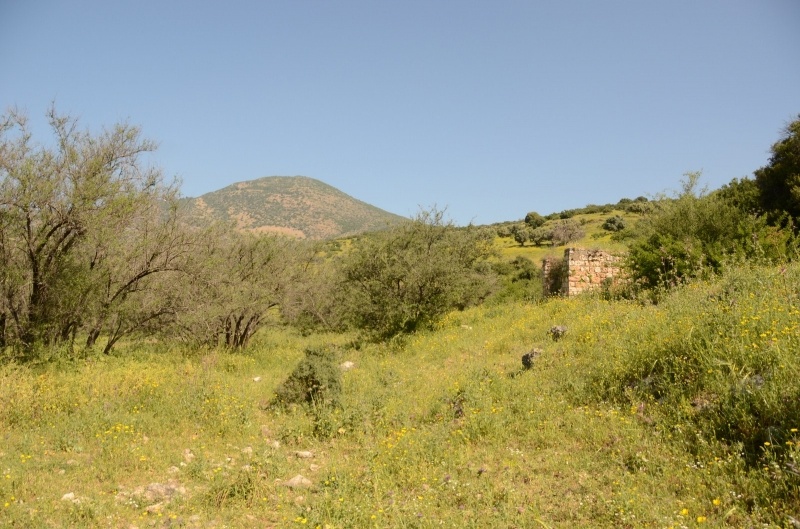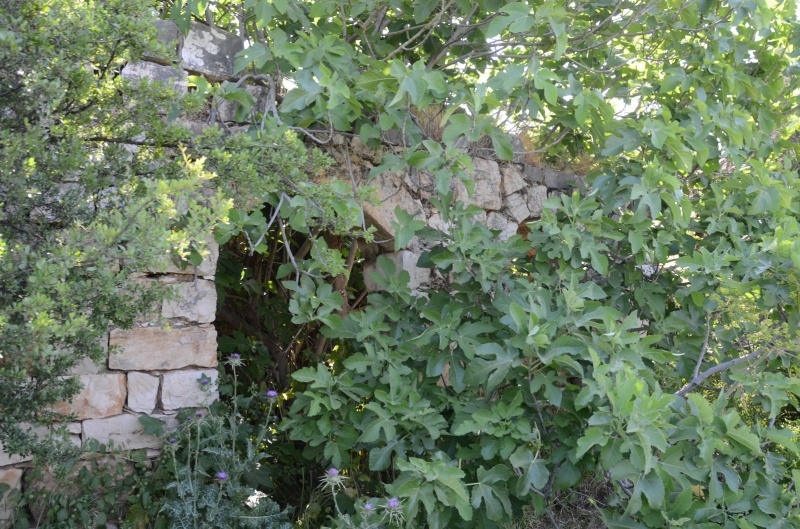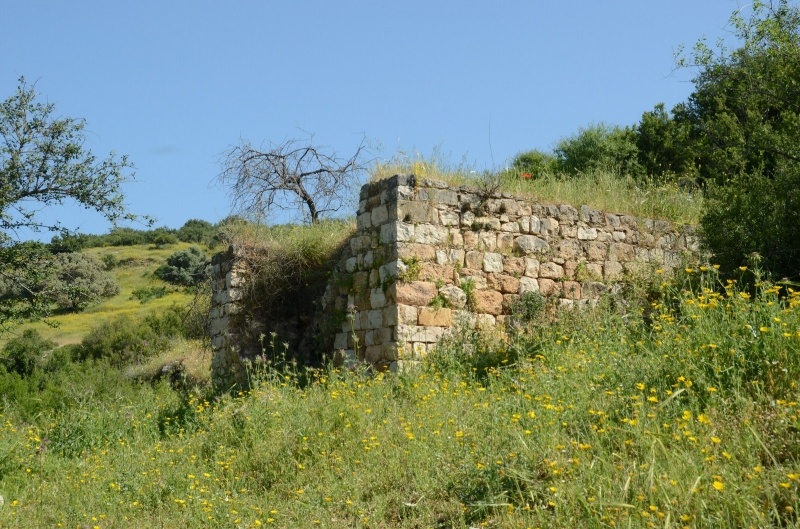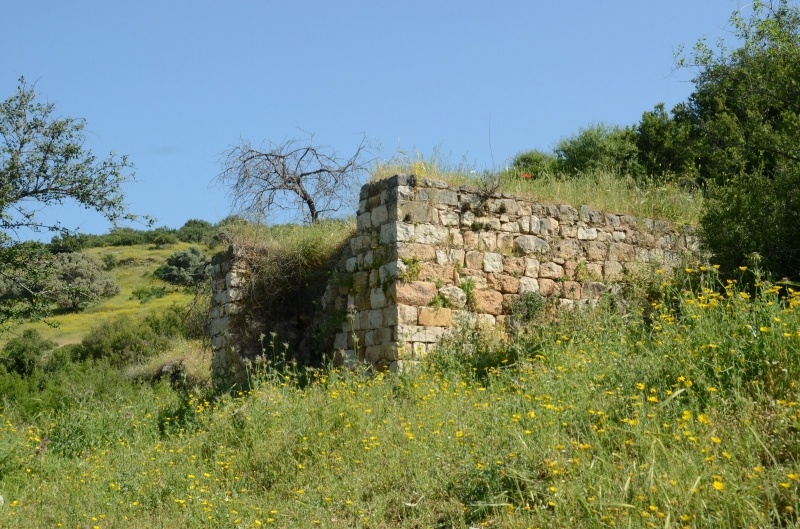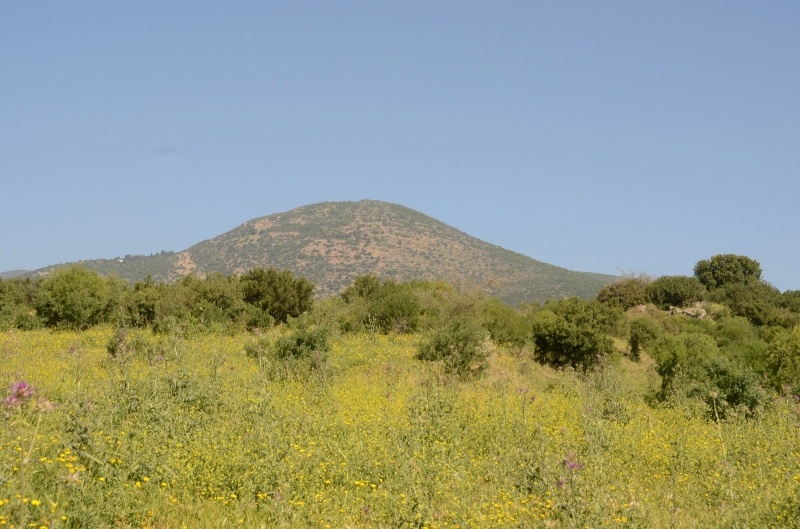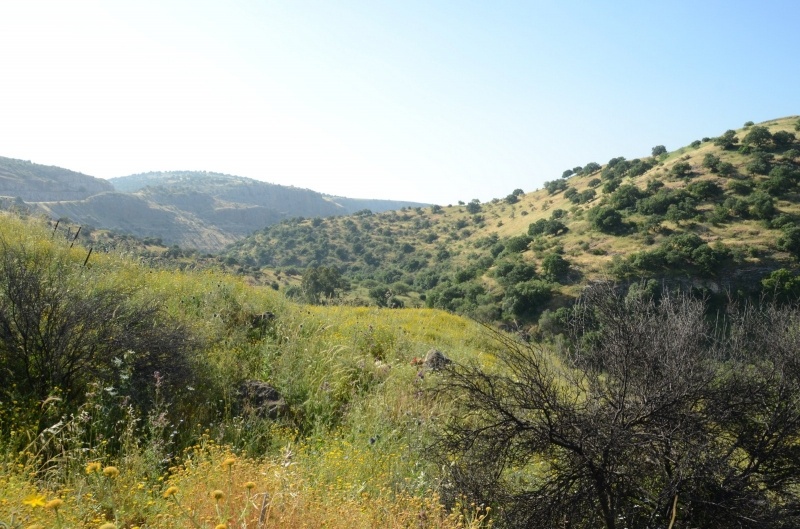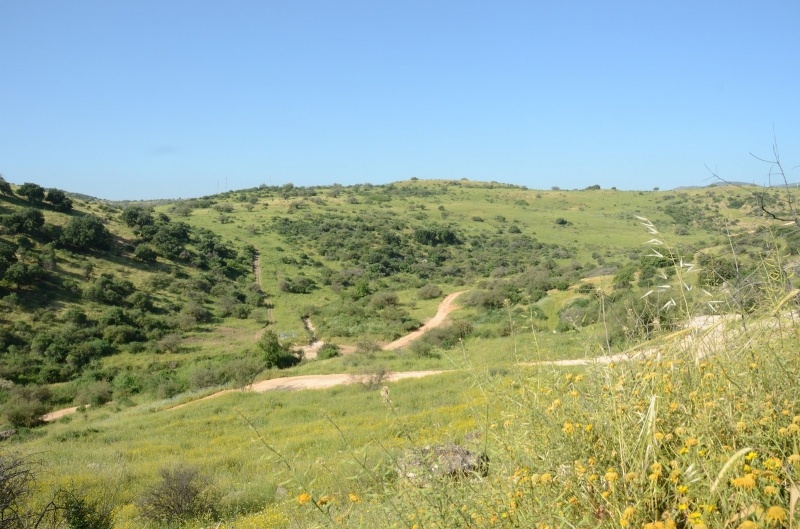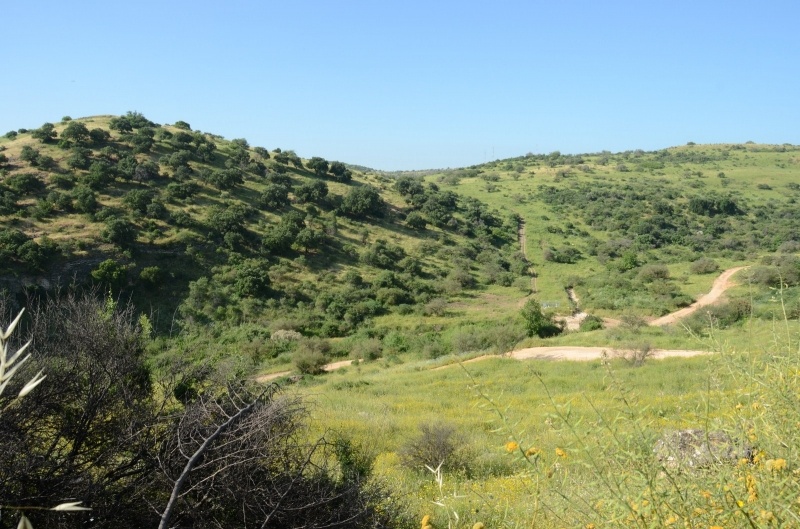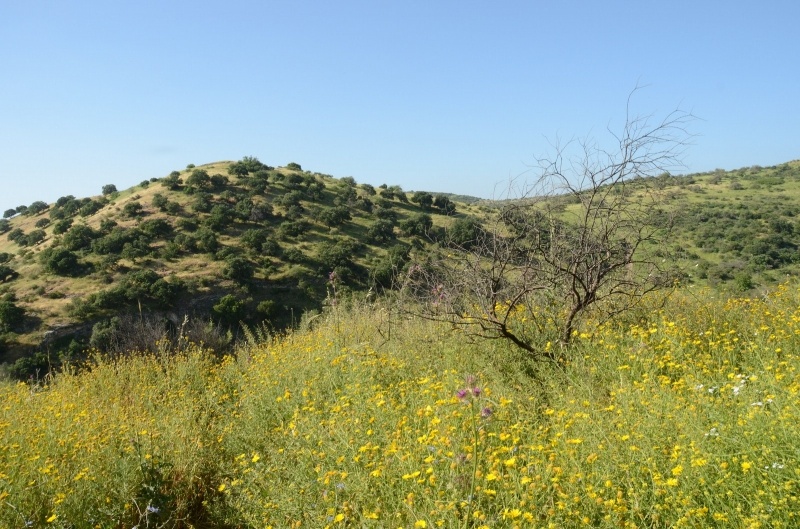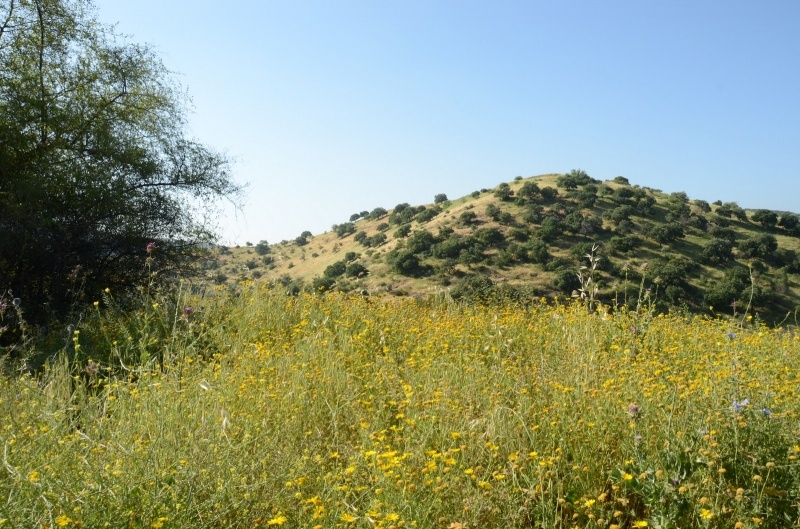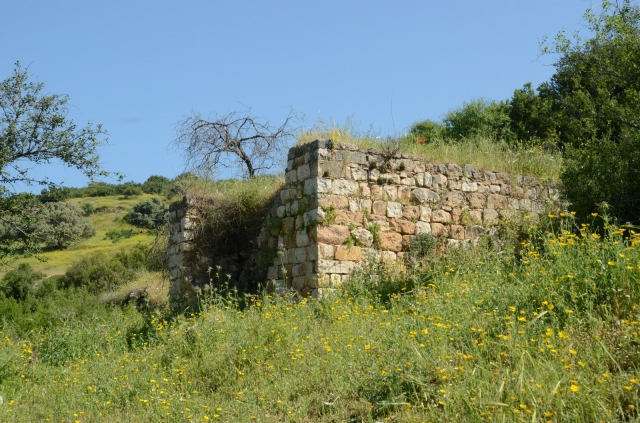Info
District: Safed
Population 1948: 200
Occupation date: 01/05/1948
Occupying unit: Palmah 1st battalion
Jewish settlements on village/town land before 1948: None
Jewish settlements on village/town land after 1948: None
Background:
al-Shuna Before 1948
The village stood on a hill that overlooked the deep gorge of Wadi al-’Amud, to the northeast of Lake Tiberias. Some of its houses, also, were built on the edge of the wadi, opposite the hill. A number of trails along the wadis linked it to the neighboring villages and khirbas, and a road (constructed after 1947) connected it to highways leading to Safad, Tibenas, and Acre. The Bedouin of the ‘Arab al-Sayyad and al-Qudayrat tribes pitched their tents near the eastern edge of the village. Al-Shuna’s houses were made of mud and stone and formed a nearly circular pattern. Because the rough bluffs west and southeast of the village hemmed it in from those directions, new housing was built towards the west. Its population was predominantly Muslim. It had a few shops, a mosque, and a school.
The villagers dug wells at the foot of the hills on the west side to collect rain water for drinking. In 1944/45 they planted a total of 995 dunums in cereals. Khirbat al-Shuna, nearby, contained the ruins of a former village, the houses of which were built of basalt; to the south of it lay Khirbat Sirin.
Occupation and Depopulation
No definite date is given for the fall of al-Shuna, but its location makes it likely that it came under occupation during Operation Yiftach (see Abil al-Qamh, Safad District). The village may have been entered in late April—early May, along with several neighboring villages, in preparation for the assault on Salad. There is no record of subsequent events in the village.
Israeli Settlements on Village Lands
There are no Israeli settlements on village lands.
The Village Today
The hill on which the village was built is now fenced in and contains crumbled stone walls from the destroyed houses. In addition, there are two deserted, almost-intact stone houses with arched doors and windows in Wadi al-’Amud. The surrounding lands have been converted into a wildlife sanctuary, the Nachal ‘Amud Reserve, which is also used by Israelis for animal grazing and as a recreational area.
-----------------------------
Source: al-Khalidi, Walid (ed.). All that remains: the Palestinian villages occupied and depopulated by Israel in 1948. Washington DC: 1992.


